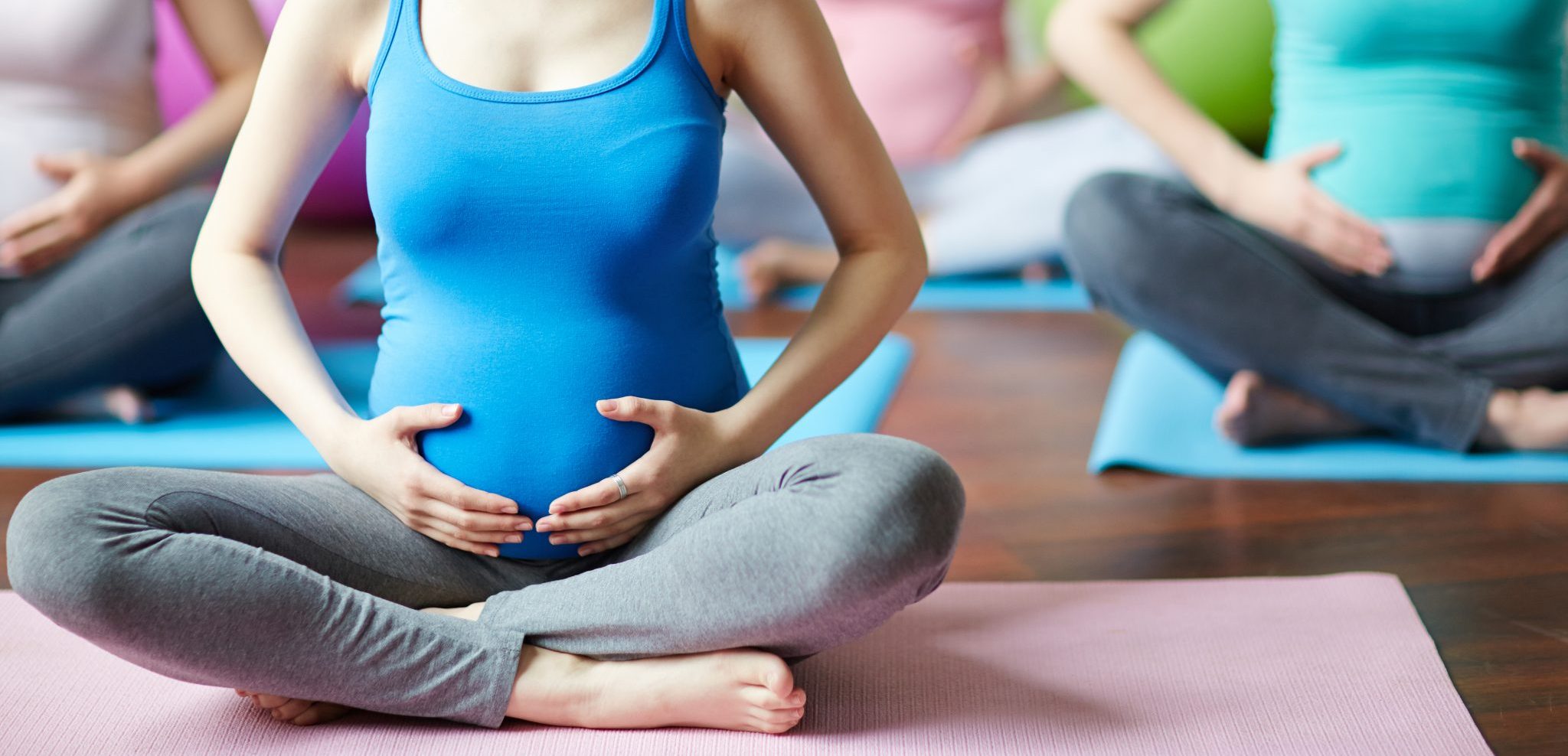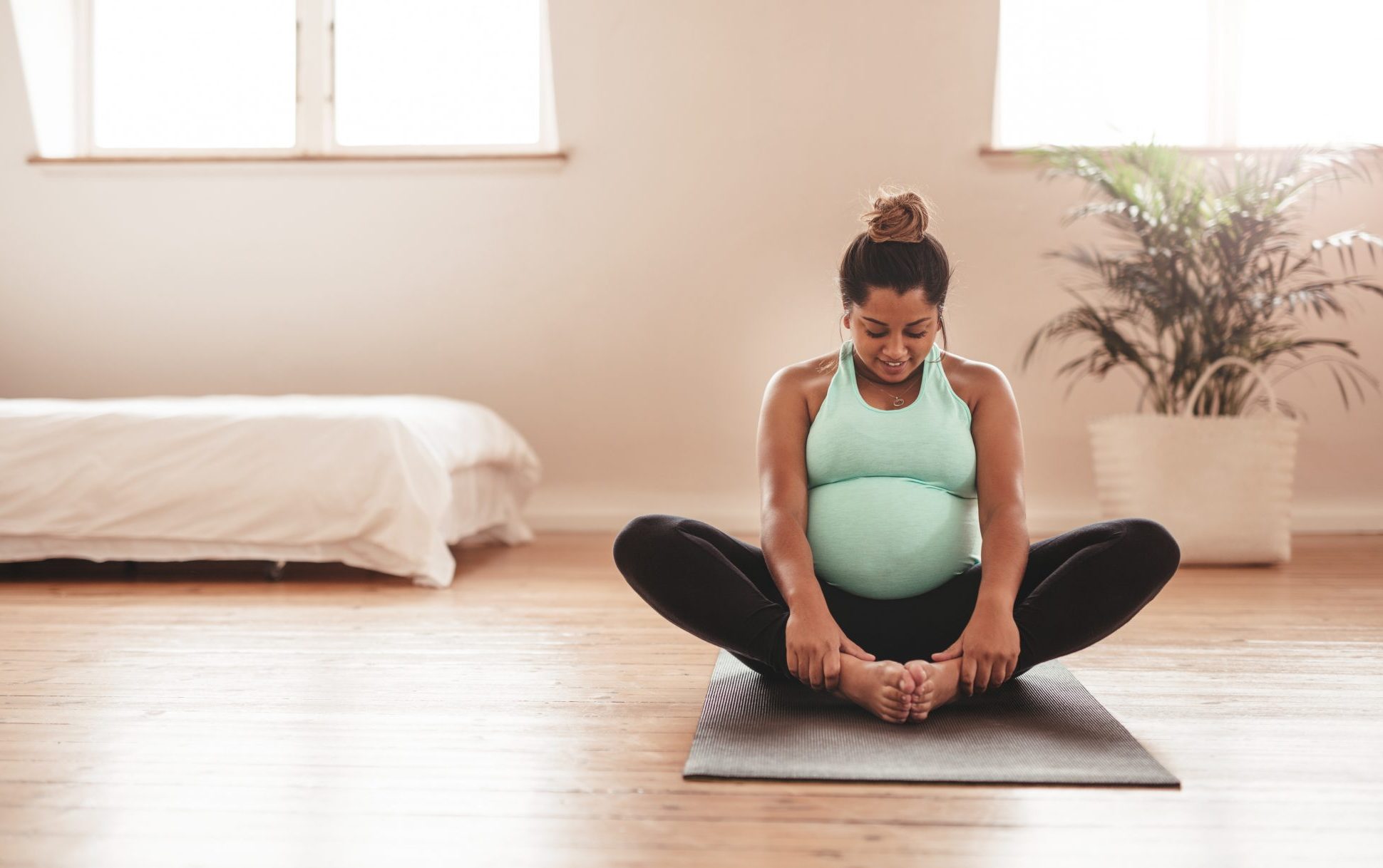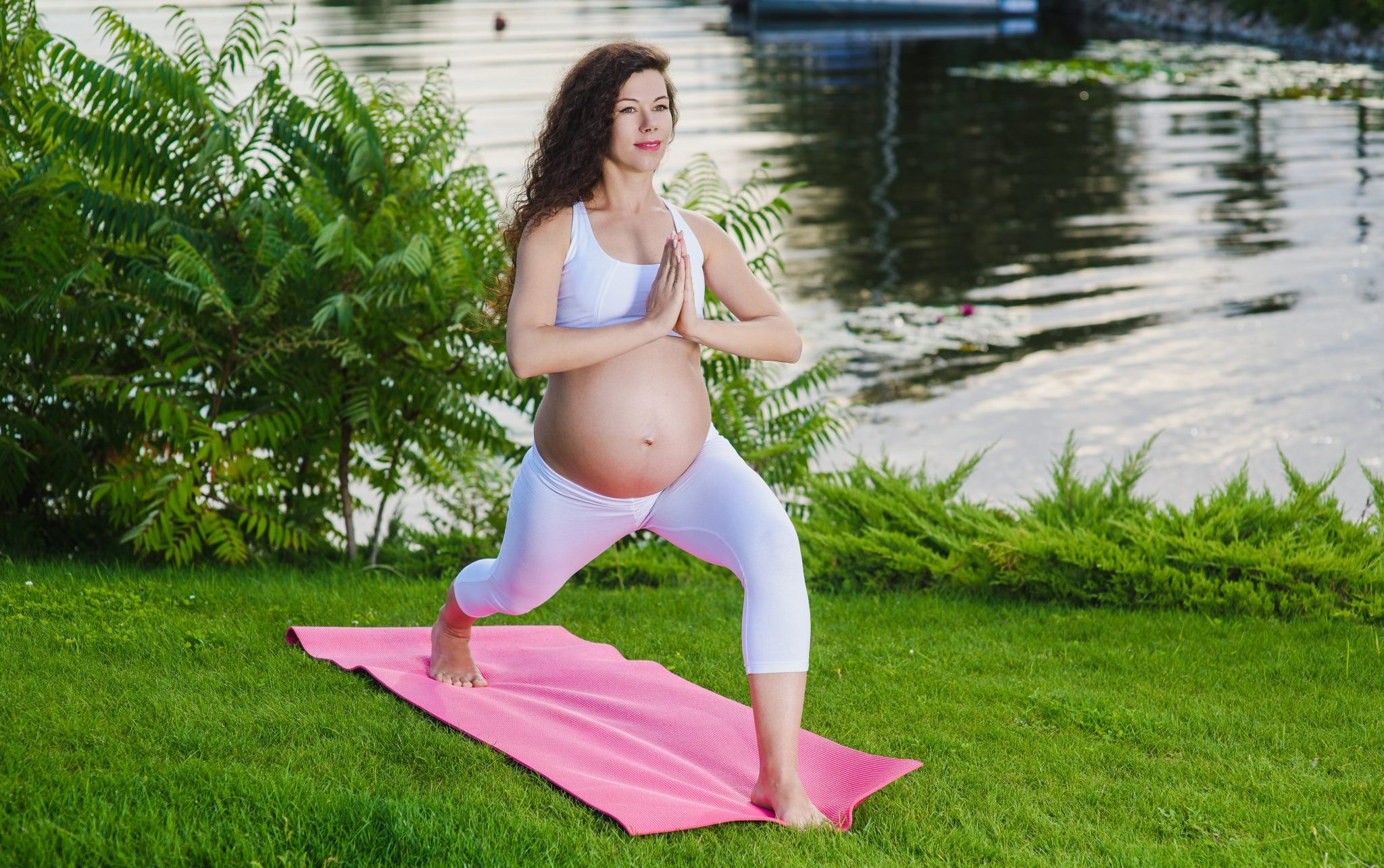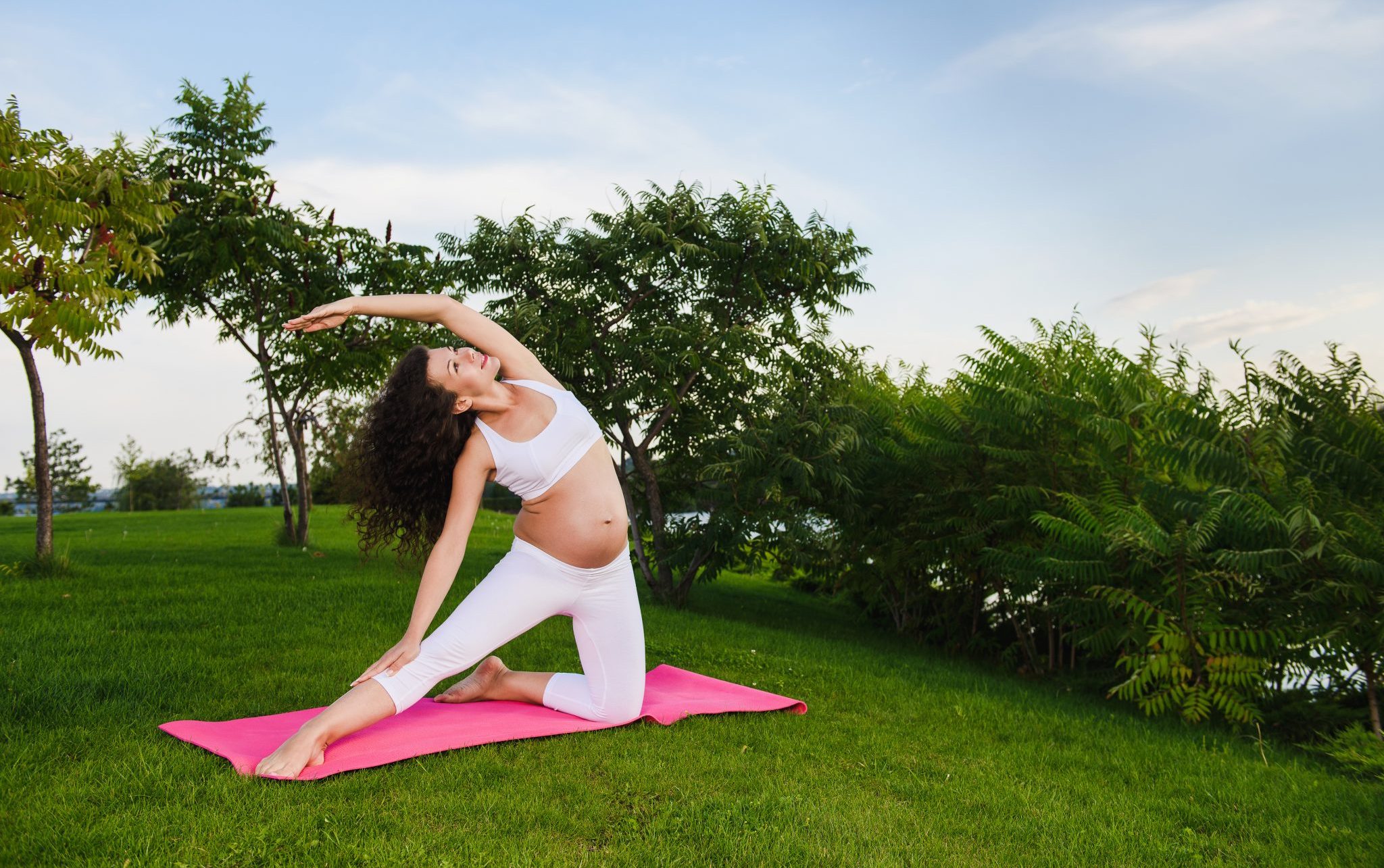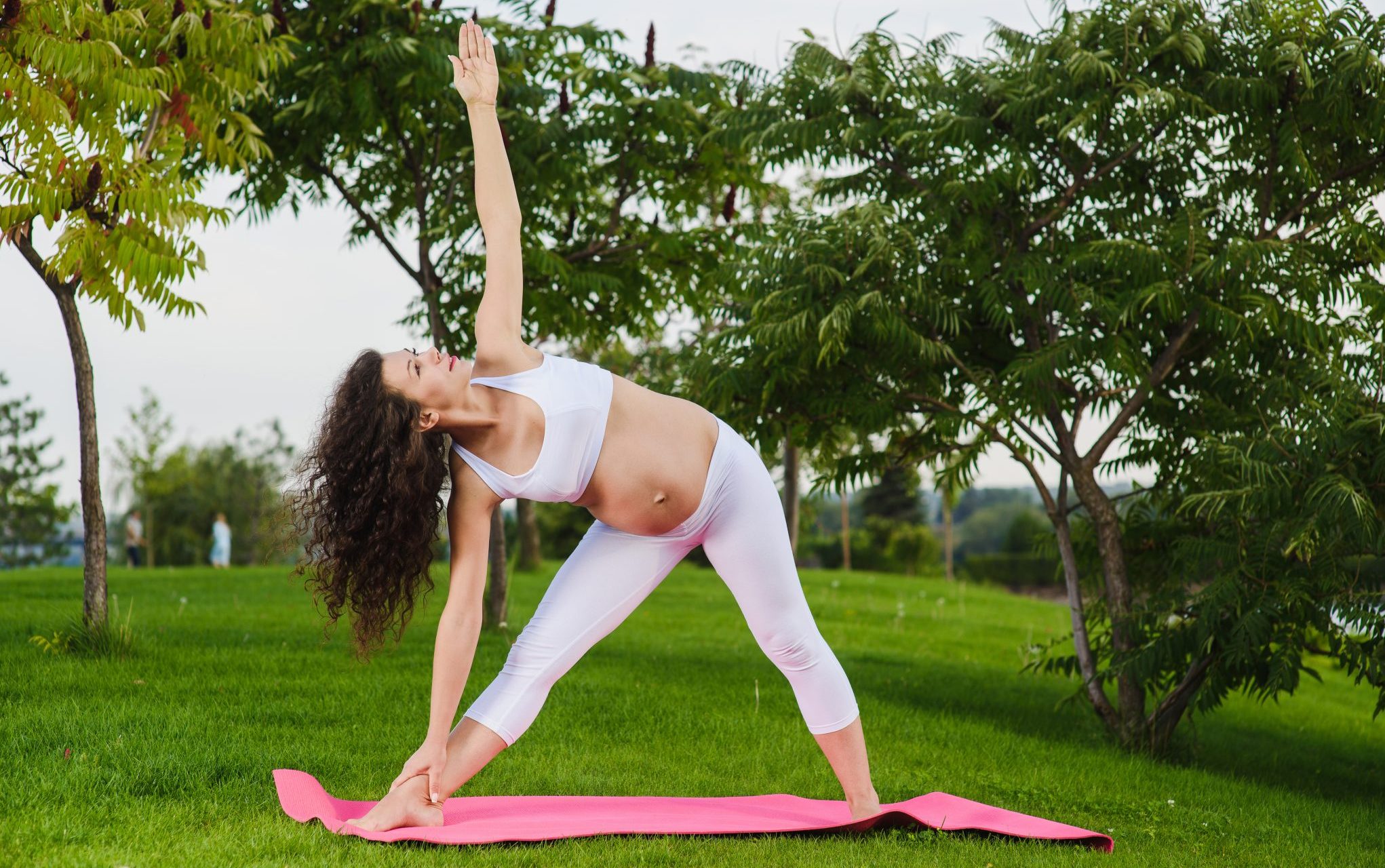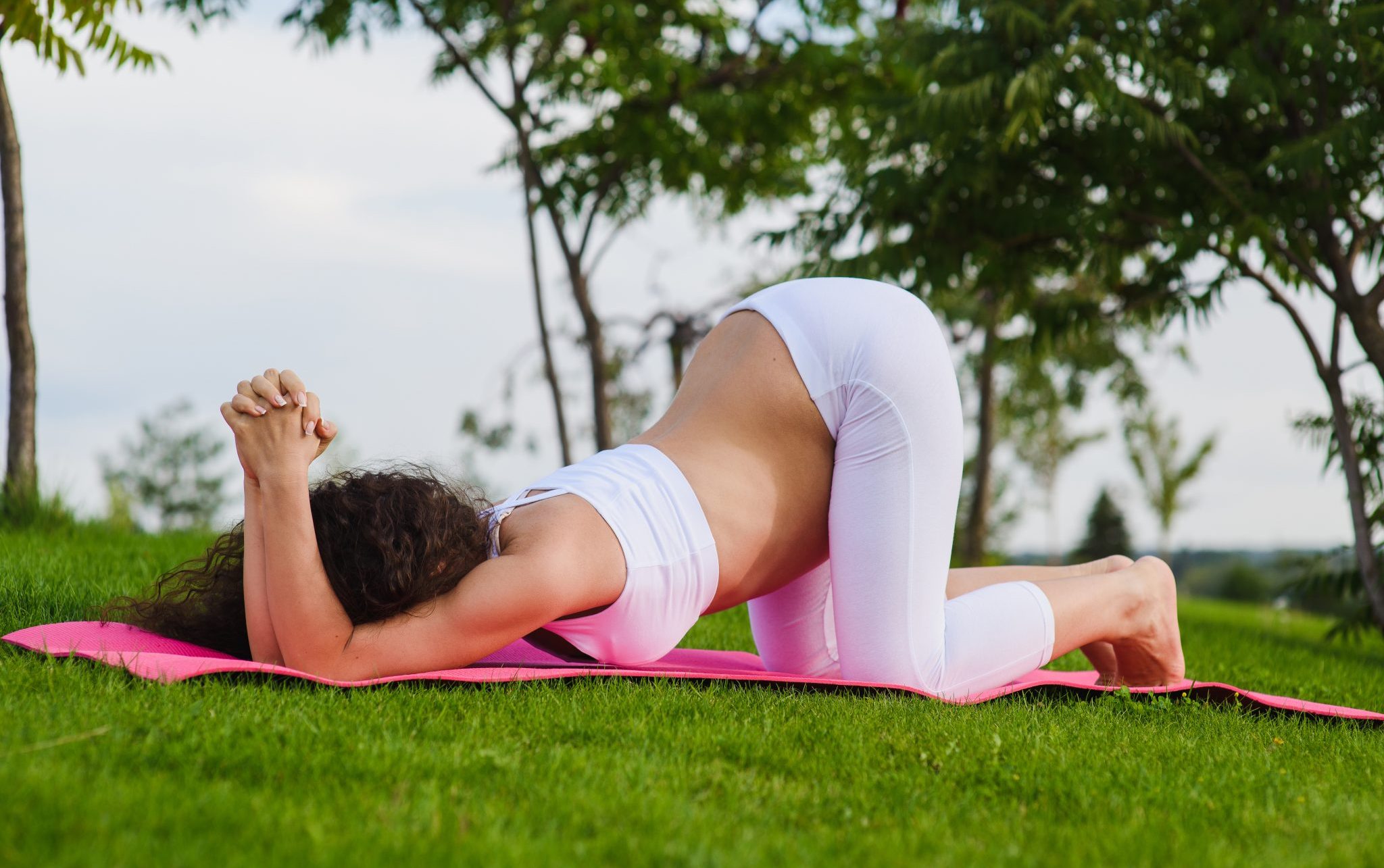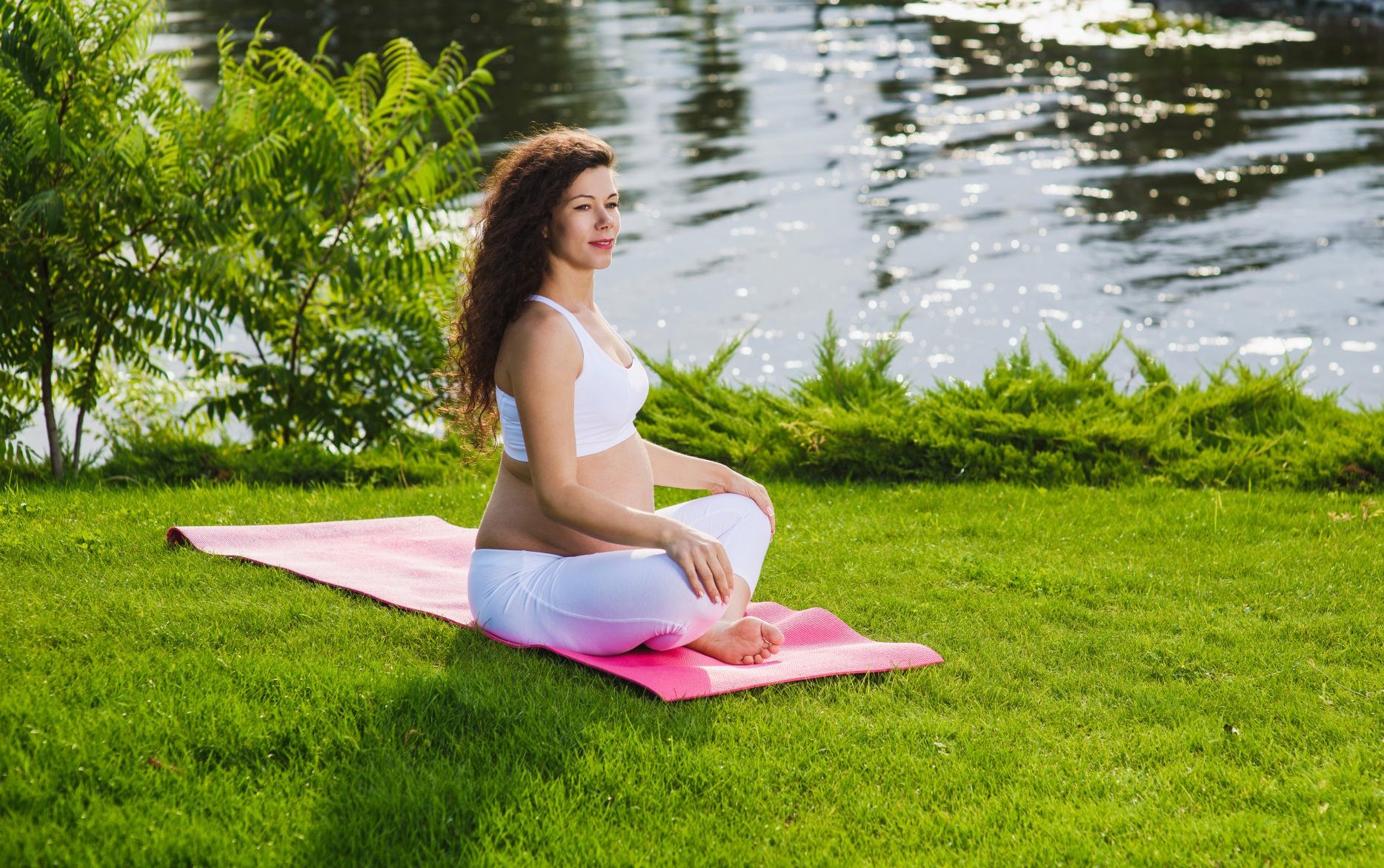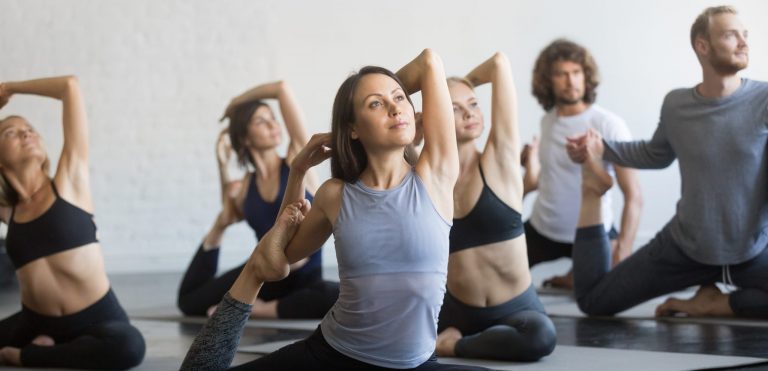Pregnancy is an intense time of change. Aside from the fluctuating hormones that are causing havoc with your system – cue morning sickness, sore breasts, new reactions to smells, constipation, weight gain, and much more – almost every pregnant woman worries about what she can and can’t do now she is expecting.
While the usual rules of no drinking and no extreme activities apply across the board; when it comes to what you can eat and what exercises are safe to do, we often find ourselves more confused than ever with the amount of information out there. To help you navigate the waters of pregnancy, we’ve developed this short guide to one of the most well-recommended activities out there for those who are in the family way – yoga. And we’ve even unearthed the best prenatal yoga poses for you to try during those exciting nine months.
Why should I do prenatal yoga?
Yoga for pregnant women is a fantastic activity that keeps you healthy and (usually) doesn’t place too much strain on your body. It focuses on stretching your muscles, regulating your breathing, and bringing your mind to order; all skills you will need in X months when your bun is cooked and ready to enter the world.
Depending on where you live you might find specially-tailored prenatal yoga classes in your area, or you might need to consider adapting a more general routine to meet your changing requirements.
While all this sounds great; it’s vital to understand why yoga is useful, what really happens to your body during the routine and what you will get out of it:
1. Increased control over your breathing
Yoga like swimming, another great prenatal exercise, requires you to actively control your breathing patterns so you can more effectively complete your routine. We often don’t think of how we breathe, we just do it, but during birth (especially if you go the natural route) breathing correctly is vital.
By learning how to breathe properly, such as in “Ujjayi” (three-part breath) breathing, you’ll engage your abdominal muscles, diaphragm and ribs to intake and exhale breath effectively, leading to greater control over your body. Essentially, when it comes time to push as you’ll be more in charge of your response to pain, gain more strength for pushing and make your contractions more productive.
2. Muscle toning master
Ensuring you are in the best physical shape possible for the big day means less stress for you and baby. If you go the natural route, muscle tone (no body-building needed) plays a role in making sure you can safely push baby out as you’ll need a lot of strength and energy when the time comes. Even if you’re not a yoga pro, every little helps in getting your body prepped. On the other hand, if your baby is born by C-section keeping in shape beforehand promotes healing after the event, allowing you to straighten-up easier and heal faster.
3. Posture pro
Pregnancy yoga poses build upon the key muscles you’ll need to keep your posture in check during those nine months. As your belly grows, stretching your abdominal muscles, extra strain will be placed on the muscles of your lower back and pelvis. Yoga helps to maintain good posture, meaning you are less likely to experience that lower back ache and may have an easier time giving birth.
Along with these key benefits, getting your om on allows your body to regulate its “happy” chemicals (serotonin, the mood controller, GABA, the anti-anxiety factor, among others), it also reduces cortisol, the stress hormone, and influences melatonin, dopamine, oxytocin, and DHEA. Combined together, this helps you to relax, which is good for you and baby.
And aside from all that, heading to a class can be the perfect excuse to get to know some new moms-to-be, share tips and commiserate about all those pregnancy woes.
While, of course, many of these hormones are released from other sporting activities, yoga has the unique advantage of gentleness; protecting you and baby.
The prenatal yoga do's
Yoga is one of those exercises we can’t get enough of; it’s an all-rounder when it comes to your health and fitness, and never is this more important than when you are pregnant. But of course, to the most out of any exercise some helpful tips never go a miss; here are your prenatal yoga dos:
Check with your health care provider first
While a little bit of stretching and movement is beneficial to most pregnancies, it’s always a good idea to get a professional opinion before setting out on any exercise routine. This will help you to know where you’re at health-wise (even if you feel ok) and identify anything to watch out for.
Pay attention to how you feel
You are the best judge of your body, you know what feels good and what doesn’t. Whether it’s your first pregnancy and you’re constantly questioning, “is this normal?” or even you’re on baby 2+ pay close attention to you.
Forget about “feeling the burn,” instead it’s best to err on the side of caution.
Be realistic
Put those thoughts of a marathon on the backburner for now, there’ll be time to push yourself after baby is world side. For those newbies who’ve never tried yoga before, don’t be afraid to get started but be realistic – there’ll be no inversion poses for a while. For those pros with a little bit of experience, it can be hard to take things down a notch, but right now, that’s what’s needed. Focus on perfecting what you can and putting a pin in what you can’t for a later date. Mamas-to-be need around 30 mins of exercise per day, so a quick yoga routine could be the perfect solution for you.
And those absolute don’ts
Just because yoga is doctor-approved doesn’t mean you need to go to extremes. These are the things to bypass in your yoga journey:
Avoid sudden and complex movements
Sharply moving from one position to another, bending backwards, doing inversions, or lying on your stomach; these are all non-ideal movements during pregnancy. Although it’s best to trust how you’re feeling, try to avoid putting yourself in a position that relies on your stomach muscles or places a lot of pressure on your belly area (no headstands for you!). But don’t worry, there are plenty of other muscles to focus on.
Take things easy
This is not the time to kick it up a notch on your exercise routine. If you’re just starting out on your yoga journey take things extra slow, your body is changing and hitting that class too hard could be a recipe for disaster. Even if you’re practically a pro, it’s best to step back the pace just a little bit, at least for now.
No hot yoga
When choosing a yoga class go for one with a pleasant room temperature. During pregnancy your body temperature rises, so practicing yoga in too warm a room or heading straight to a Bikram yoga class isn’t going to do you any favors. If your body moves into that too warm zone you might find yourself at risk of fainting or even risk harm to your baby.
Best prenatal yoga poses
Adjusting to your changing body can be hard––nothing feels as if it’s in the same place as it was, you may feel awkward, uncomfortable, or conversely, you might feel quite normal. Everyone is different. We’ve put together this list of the best yoga positions for pregnancy that can help you manage your fitness for your temporary bod:
1. High lunge pose
Inhale and step your right leg forward, bending it at the knee. Keep your back leg straight out behind you. Center your hands either in front of your chest or above your head for balance. Hold this position for five breaths before rising to a standing position. Repeat with the left leg.
2. Gate pose (kneeling side bend)
Kneeling down stretch one of your legs out to the side, keeping it straight. Lean your torso over, gliding your hand down the stretched leg and lifting the other over your head as if in a ballerina pose. Hold for five breaths and repeat.
3. Triangle pose
Standing up from the gate pose, take your center and hold firm. Next stretch one leg out to the side and use your body to lean down so that your hand is on your ankle. Turn your head to face the sky and raise your other hand directly upwards. Hold for five breaths. Repeat on the opposite side.
4. Child pose
Kneeling down, lean your body forward so that the upper half of your body balance on your elbows. Inhale and exhale slowly. Hold the pose as long as you feel comfortable. If you start to feel light-headed or sore, gently roll yourself back onto your knees.
5. Easy pose
Take your place and sit cross-legged on your yoga mat. Focus on holding your back straight. Lay your hands on your knees and breathe in and out deeply. Use this pose to practice your breathing and take some time to center your mind and relax.

